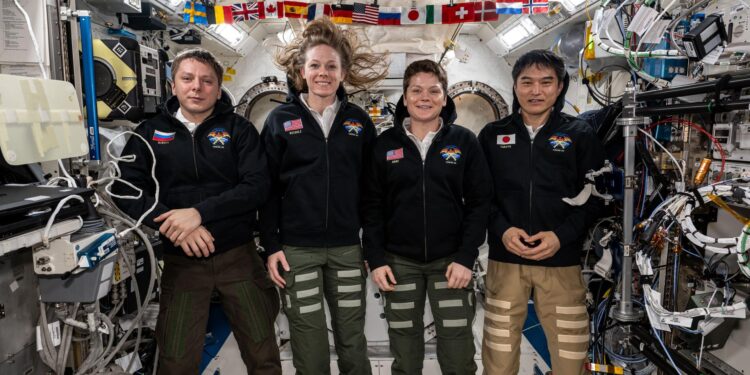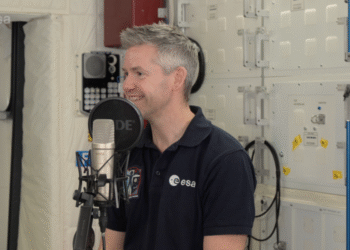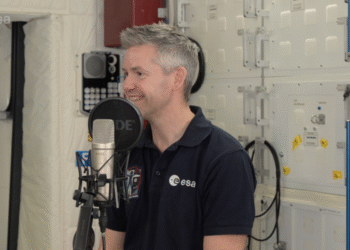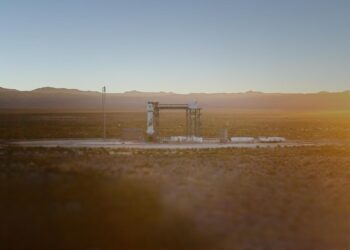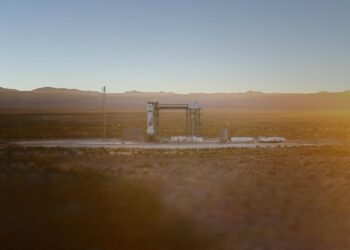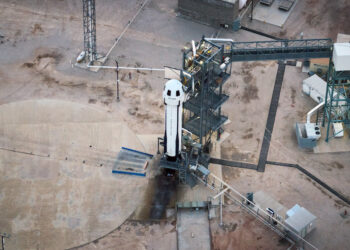NASA and SpaceX have decided to postpone the undocking of the Crew-10 mission due to adverse weather conditions that may impact the safety of the return journey. This decision underscores the priority both organizations place on the safety of the crew and the success of the mission.
Significance of Weather Assessments
Weather assessments are crucial when planning the return of space missions. The nature of atmospheric conditions can significantly impact the entry, descent, and landing phases. Due to this, careful and constant monitoring is essential, and decisions are made with caution, as evidenced by the Crew-10 mission delay.
- Safety of crew and equipment is essential.
- Constant monitoring of atmospheric conditions.
- Collaboration between NASA and SpaceX ensures thorough assessments.
Collaboration and Safety Protocols
The delay decision was a collaborative effort between NASA and SpaceX, emphasizing their commitment to maintaining stringent safety protocols. Both parties continually evaluate the weather conditions to determine the most opportune moment for the undocking and ensure a secure and successful mission conclusion.
The ongoing collaboration between NASA and SpaceX showcases the successful partnership focused on mission success and safety in the rapidly evolving domain of space exploration. The adaptability to change plans based on unforeseen variables like weather further demonstrates their responsibility and thorough planning.
For further details, you can read the original source on NASA’s website through this link.


